Rent Confirmation Letter Template for Easy Use
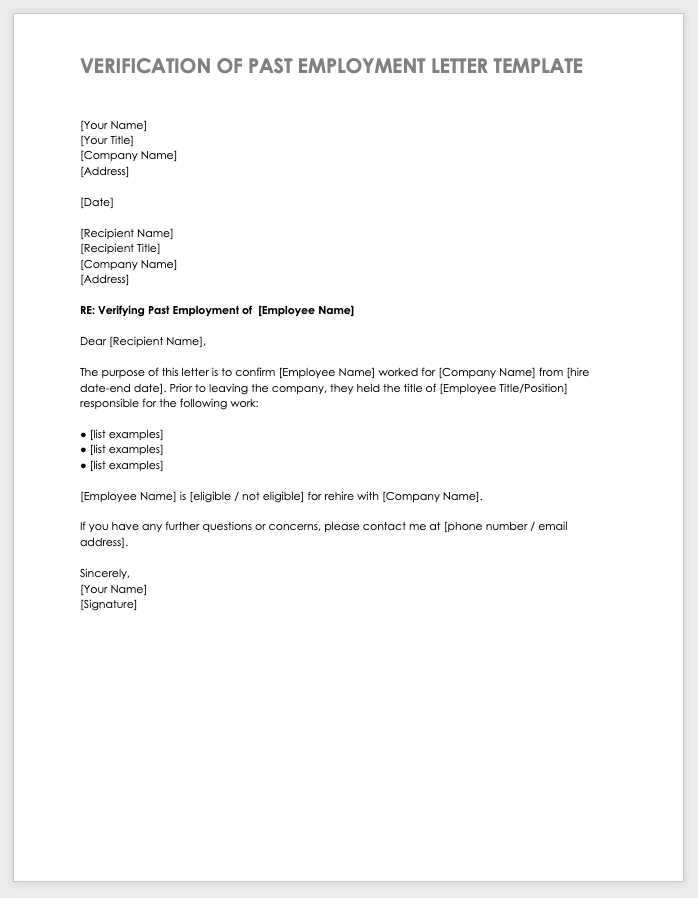
Clear and effective communication between tenants and landlords is crucial in any rental arrangement. One of the most useful documents in this regard serves as a formal record of agreement and acknowledgment between both parties. Having such a document ensures that all terms are understood, reducing the potential for misunderstandings.
Whether you’re the one providing confirmation or the one receiving it, creating a precise document can help clarify your position in various rental situations. This essential piece of communication can be used to verify payment schedules, occupancy, and other important details of the agreement.
In this guide, we explore how to structure such a document efficiently, ensuring it covers all necessary information while maintaining clarity and professionalism. Customizing your own version can save time and help avoid potential disputes later on, making it an invaluable tool for both landlords and tenants.
Understanding Rent Confirmation Letters
In rental agreements, written documentation plays a critical role in ensuring both parties are clear about their obligations. One of the most effective ways to solidify the terms of such arrangements is by providing a formal acknowledgment of key details. This kind of document serves as a verification tool, confirming important information between tenants and landlords.
These formal acknowledgments are often used to clarify details like payment history, lease terms, and the status of occupancy. The document not only verifies facts but also establishes a clear record for future reference. Both tenants and landlords benefit from having an official record that eliminates ambiguity and protects their interests.
Why This Document is Important
This document serves as a safeguard for both parties, protecting them from potential misunderstandings or disputes. By outlining the terms clearly and ensuring mutual understanding, it helps maintain a smooth relationship throughout the lease term. It also provides a way to settle any future disagreements regarding the agreement or payments.
How It Supports Both Landlords and Tenants
For landlords, this type of document serves as evidence that tenants are fulfilling their obligations, whether it’s confirming a payment has been made or verifying the move-in or move-out dates. For tenants, it acts as a safeguard to confirm they have complied with all conditions stipulated in the lease, providing a written record in case issues arise later.
Key Elements to Include in a Template
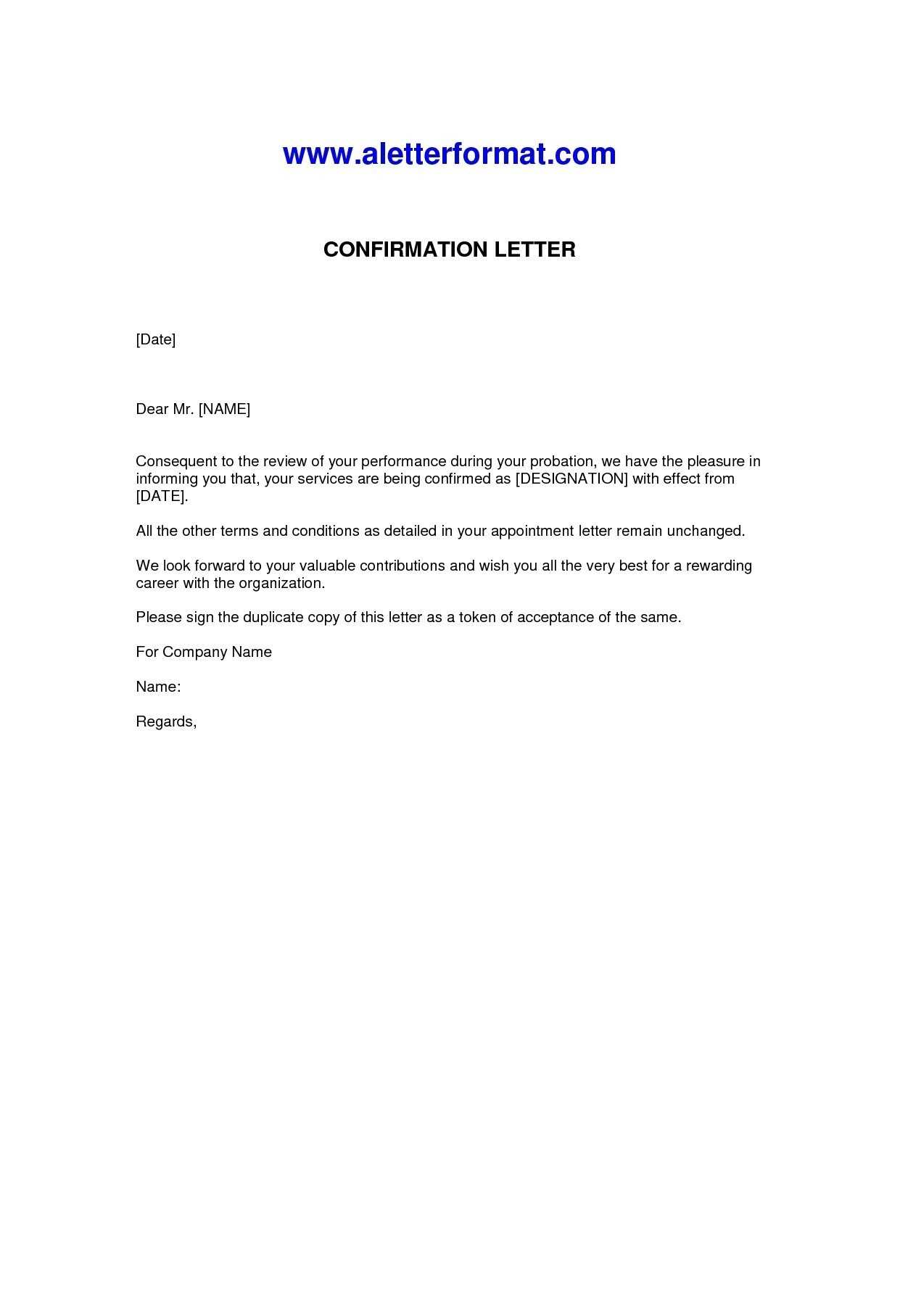
Creating a formal document for acknowledging key aspects of a rental agreement requires clarity and accuracy. It’s essential to ensure that the information provided is both comprehensive and easy to understand. To achieve this, there are several critical details that must be included to ensure the document serves its intended purpose.
Basic Information to Include
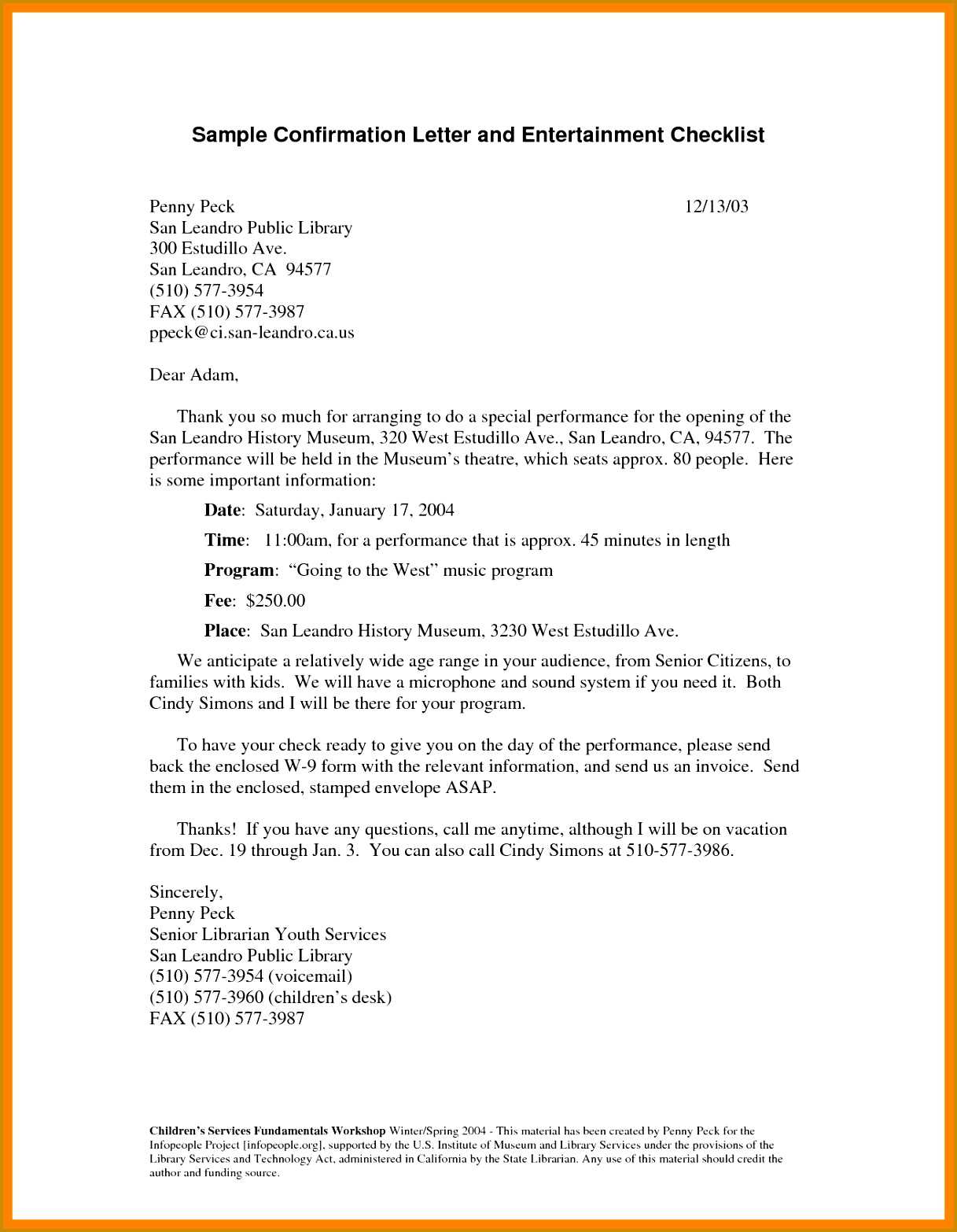
The core of any document like this is ensuring all relevant facts are captured correctly. Here are the most important elements to include:
- Parties Involved: Names and contact details of both the tenant and the landlord.
- Property Address: Exact location of the rental property being referenced.
- Duration of Stay: Start and end dates of the lease or occupancy period.
- Amount Acknowledged: Payment details, including the total sum confirmed, if applicable.
- Dates of Payments: Specific dates for any transactions made or due.
Additional Important Details
Beyond the basic information, there are a few more elements that can make the document more thorough:
- Reason for Acknowledgment: Clarify why the document is being issued (e.g., confirming payment, confirming the end of a lease term).
- Signatures: Both parties should sign the document to validate the details provided.
- Legal Terms: Include any specific clauses that may relate to the terms or conditions of the arrangement.
Step-by-Step Guide to Writing One
Creating a formal document that acknowledges key details of a rental agreement requires careful attention to structure and clarity. By following a straightforward process, you can ensure that all necessary information is included and presented professionally. Below is a step-by-step guide on how to compose such a document efficiently.
Step 1: Start with Basic Information
Begin by including the most essential details at the top of the document. These should clearly identify both parties and the property involved:
- Names and contact information: List the full names, addresses, and contact numbers of both the tenant and landlord.
- Property address: Mention the full address of the rented property, ensuring there is no ambiguity.
- Agreement dates: Specify the start and end dates of the arrangement, whether it’s a lease or short-term stay.
Step 2: Include Payment Details
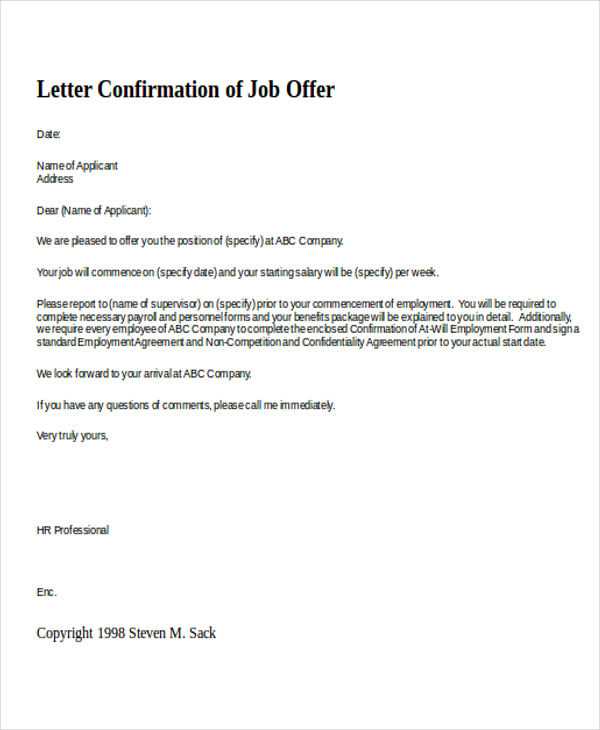
Next, outline the relevant payment information that needs to be acknowledged:
- Amount: State the amount that is being verified, whether it’s a payment or deposit.
- Dates of payments: List the specific dates when payments were made or when the next payment is due.
- Payment method: Include how the transaction was carried out, whether by cheque, bank transfer, or another method.
Step 3: Clarify Purpose and Acknowledgment
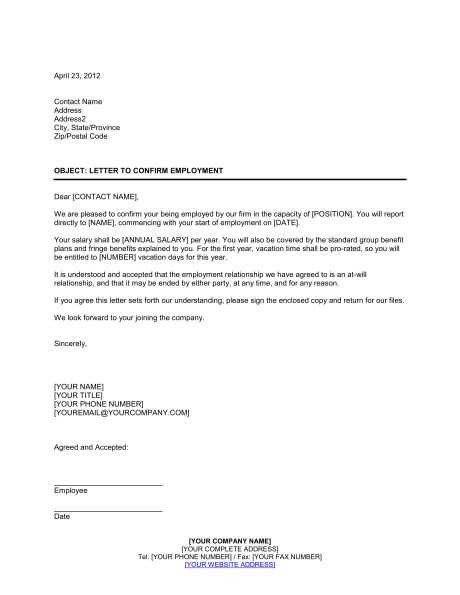
Clearly state why the document is being issued and what it confirms. For example, you may need to state that the payment was received in full, or that the tenant has completed their responsibilities as outlined in the agreement.
Step 4: Conclude with Signatures
End the document with spaces for both parties to sign, confirming their agreement to the stated details. Having signatures adds an official touch and strengthens the legal validity of the document.
Tip: Ensure that both parties keep a copy for future reference, as this can be useful for resolving any potential disputes.
When You Need a Rent Confirmation Letter
There are several situations in which having an official document to confirm details about a lease or rental agreement becomes necessary. Whether you’re a tenant or a landlord, having this type of record provides peace of mind and can be crucial for resolving issues that might arise over time.
For example, tenants may need to verify their payment history or confirm their occupancy for personal or financial reasons. Landlords, on the other hand, may require it for legal purposes or to demonstrate that an agreement has been fulfilled.
Confirming Payment or Transactions
If a tenant has made a payment and wants to ensure it’s officially recognized, a formal document is often needed. This is particularly important if there is any dispute about the amount paid, or if the payment is being used to prove compliance with the lease terms.
Ending a Lease or Agreement
When a tenant is moving out or an agreement is coming to an end, it’s important to have official documentation confirming that all terms have been met. This can help avoid any confusion about deposit returns or the completion of required tasks.
Common Errors in Rent Letters
When drafting a formal document to acknowledge rental agreements or transactions, it’s easy to make mistakes that could lead to confusion or disputes. Even small errors can cause misunderstandings between tenants and landlords. To avoid these issues, it’s important to be aware of the common mistakes people make when writing such communications.
Missing or Incorrect Information
One of the most common mistakes is failing to include crucial details or including incorrect information. Without the correct names, addresses, or payment amounts, the document becomes less reliable and may not serve its intended purpose. Ensure that all details, such as the full name of the tenant and landlord, the exact property address, and the correct amount acknowledged, are clearly stated.
Vague Language or Ambiguity
Using unclear or vague language can cause confusion about what is being confirmed. Be specific when stating dates, amounts, and other relevant details. Phrases like “a payment was made” can be ambiguous–always provide exact dates and amounts to avoid misinterpretation.
How to Customize Your Template
Customizing a formal acknowledgment document allows you to tailor it to your specific needs while ensuring all necessary details are included. Personalizing such a document is essential to reflect the unique circumstances of your rental agreement. By modifying the basic structure, you can make sure it accurately represents the arrangement between the involved parties.
Steps to Personalize the Document
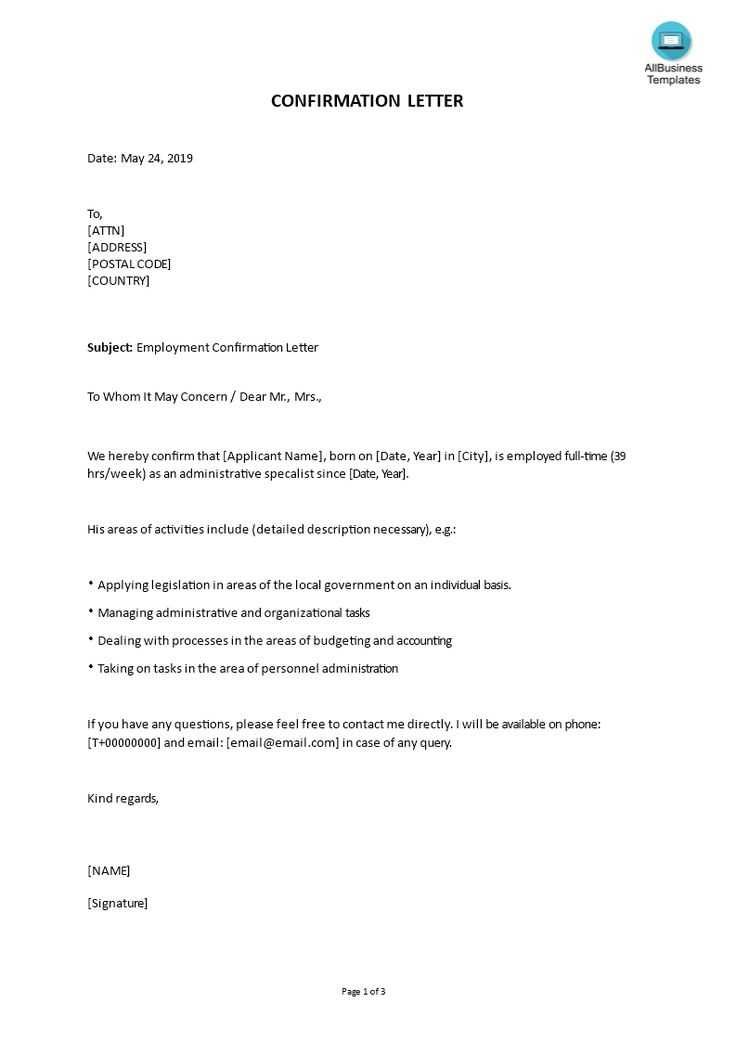
To create a customized document, begin by adjusting key sections to suit the particular terms of the agreement. Below are some aspects to consider when making changes:
| Section | Customization Tip |
|---|---|
| Parties Involved | Ensure the names and contact details of both the tenant and the landlord are correct and up-to-date. |
| Dates | Adjust the lease or occupancy start and end dates to reflect the specific period agreed upon. |
| Financial Information | Update the payment details, including any deposits, monthly payments, and payment methods used. |
| Special Terms | If there are unique clauses or conditions, make sure to include them for full clarity. |
Adding Personal Details
Once the key components are personalized, you can enhance the document with specific references to the arrangement. Mention any relevant agreements such as maintenance responsibilities, early termination clauses, or any special agreements made between the parties. This ensures that both tenant and landlord are fully aware of their obligations and entitlements.